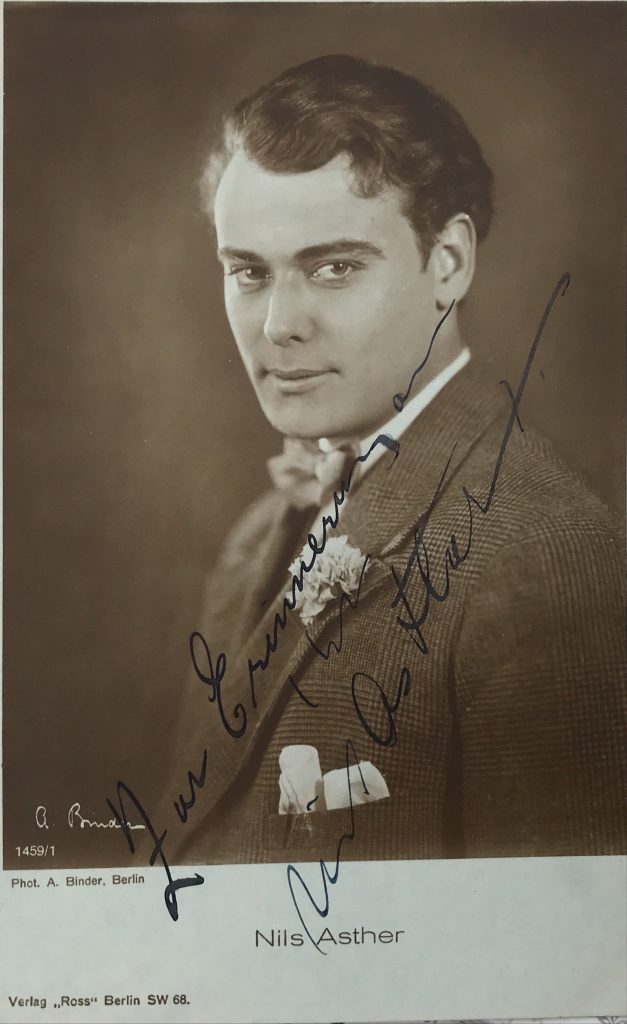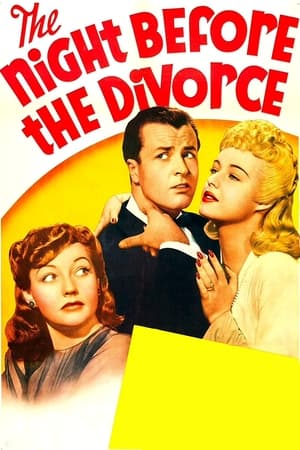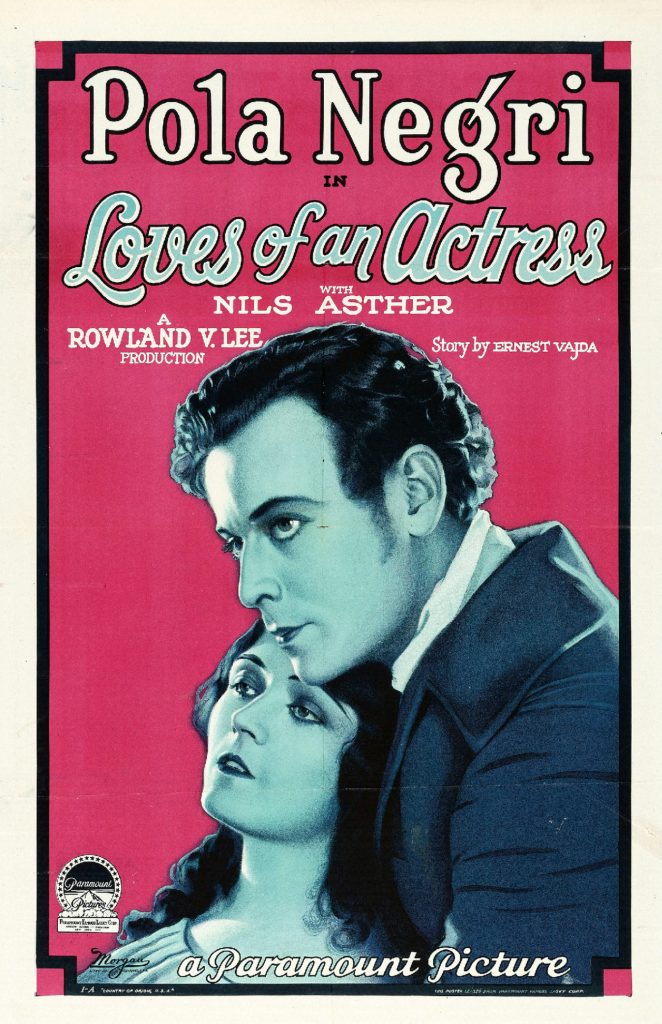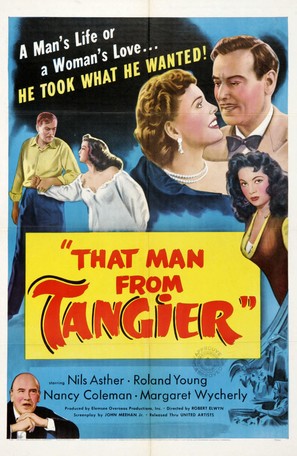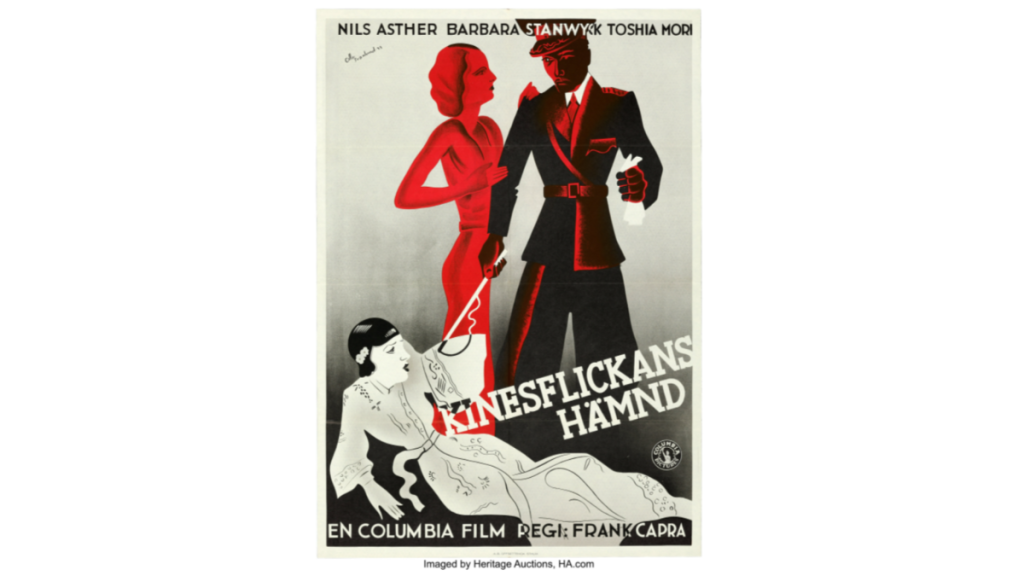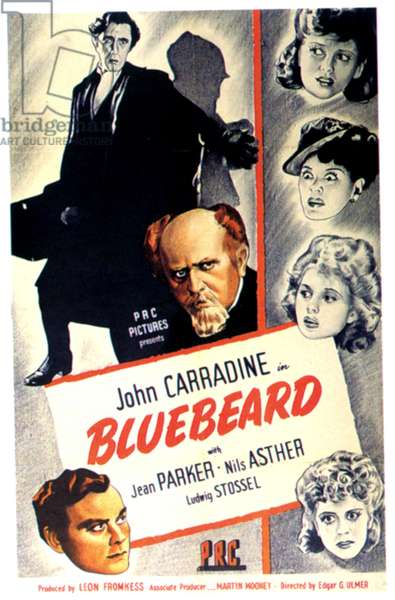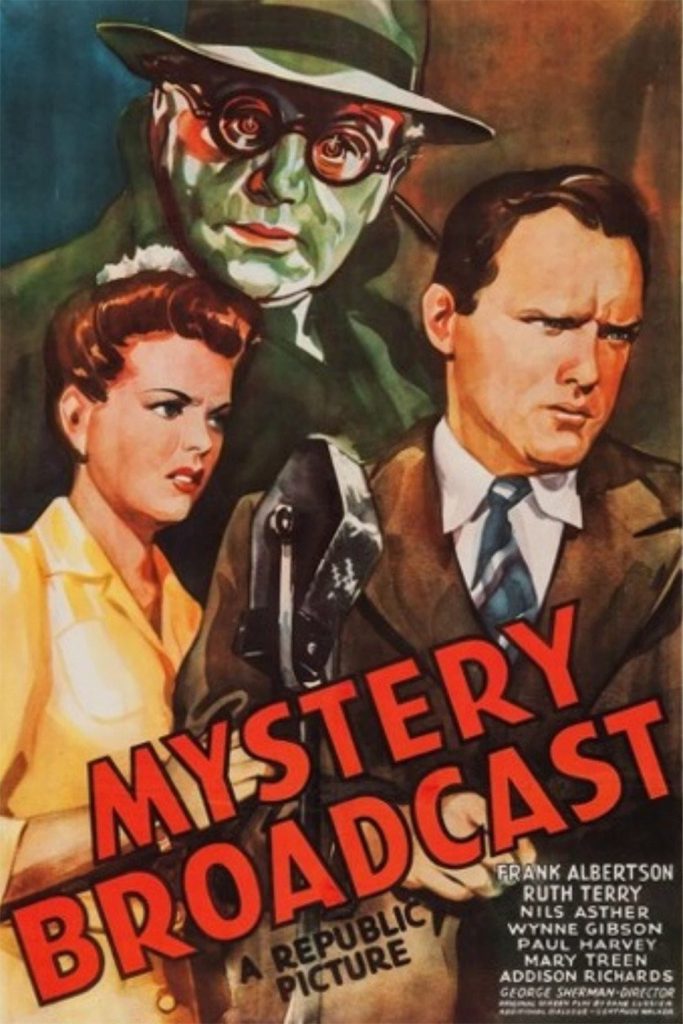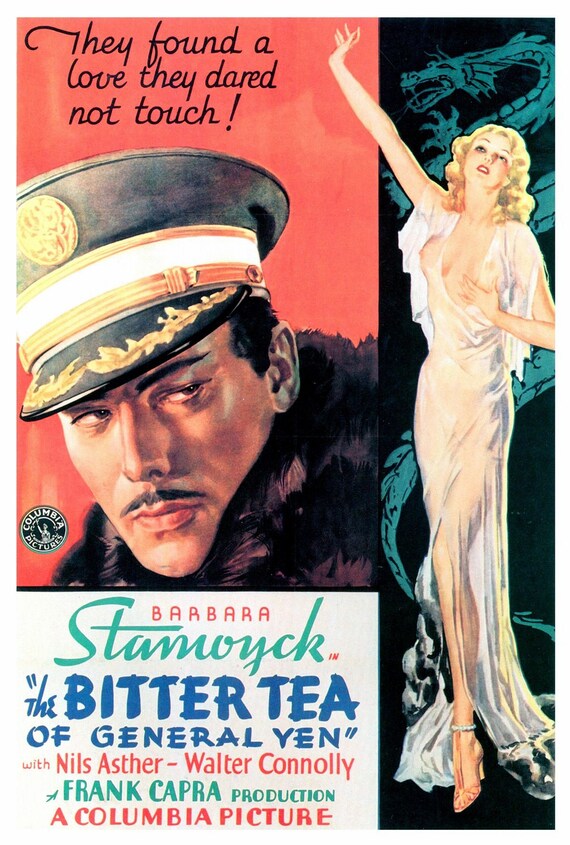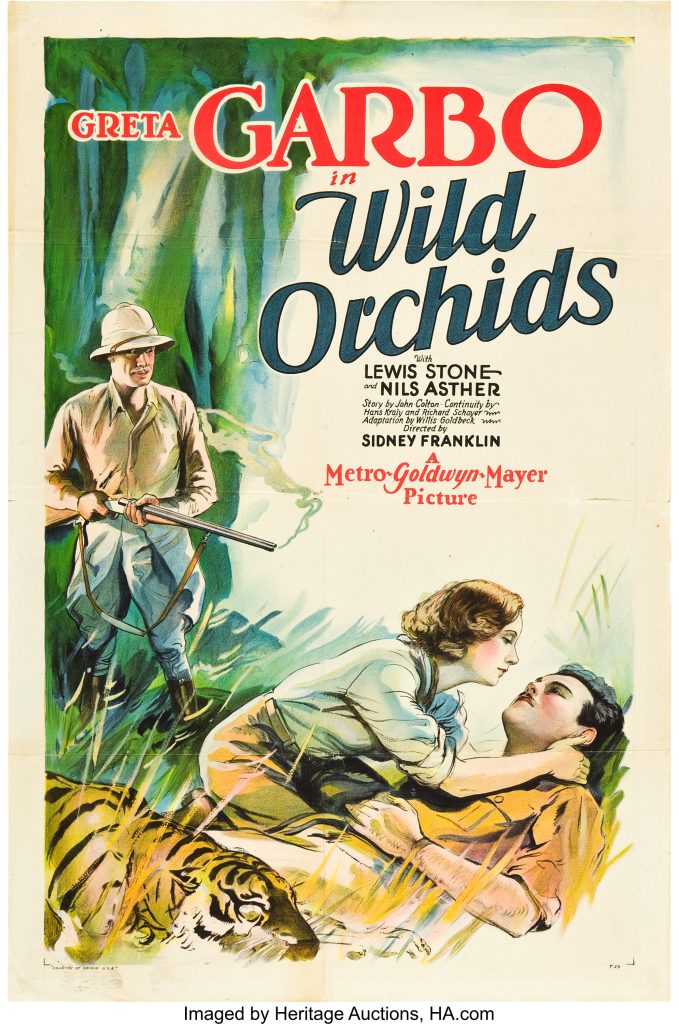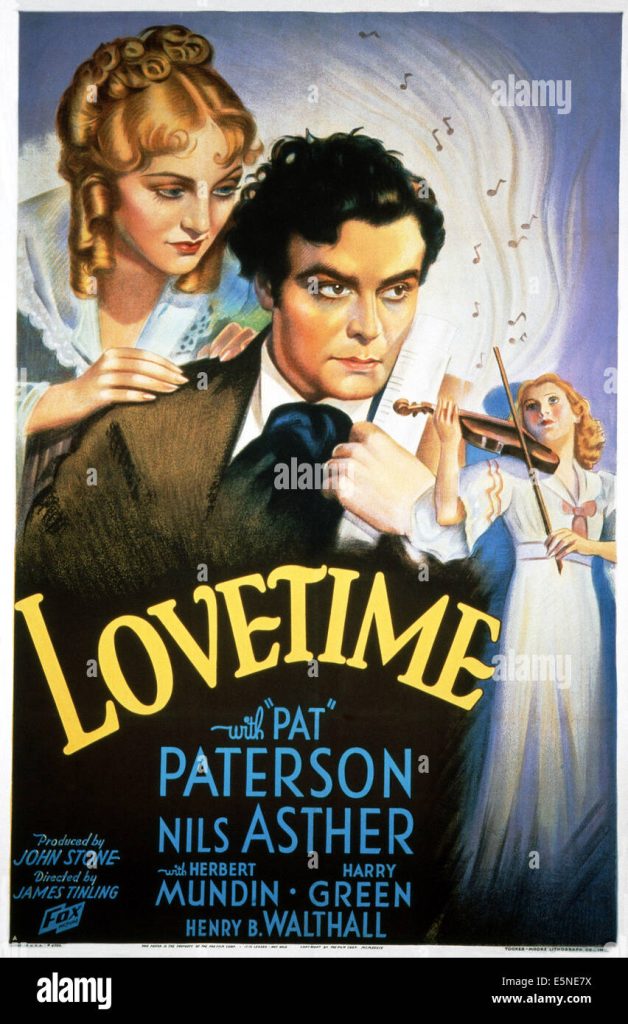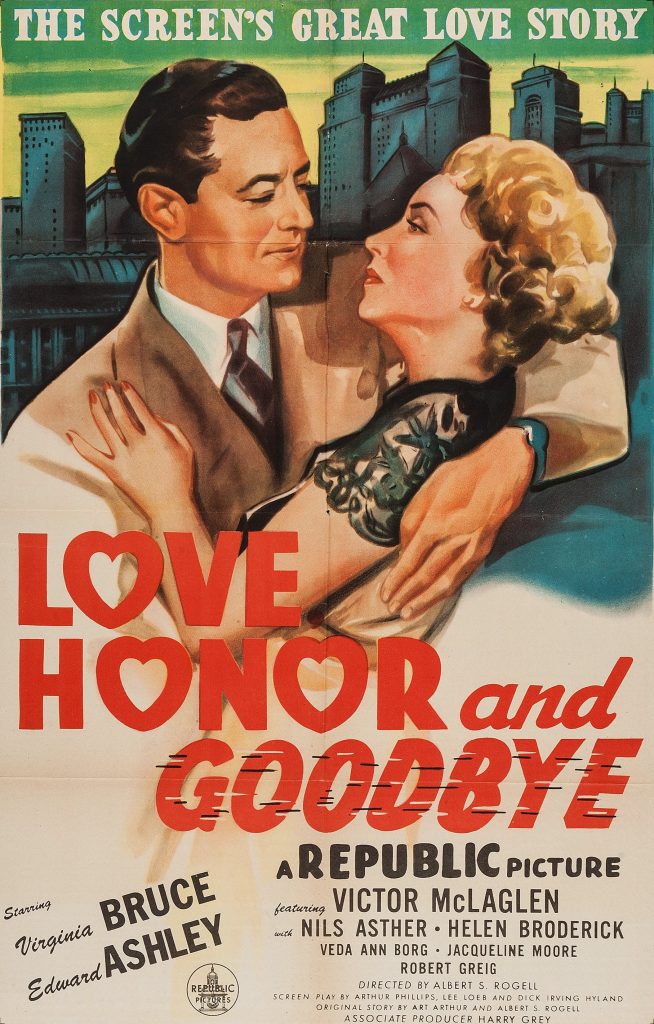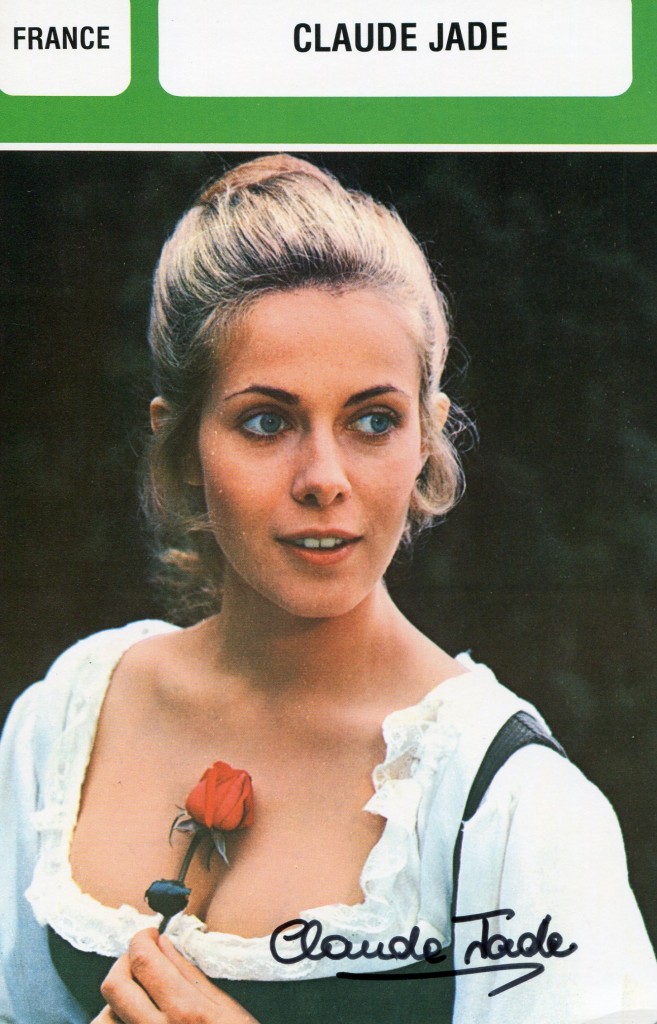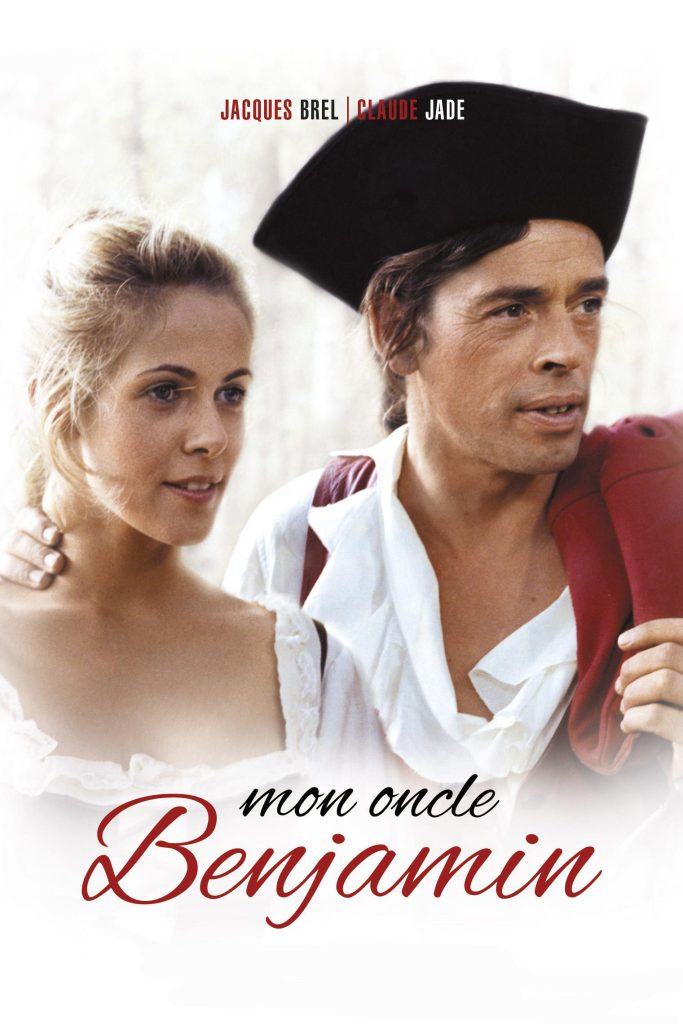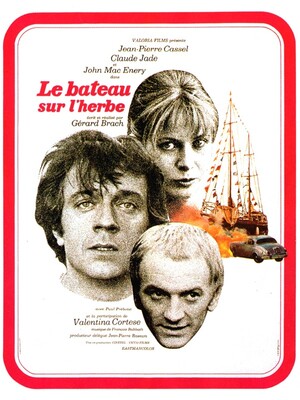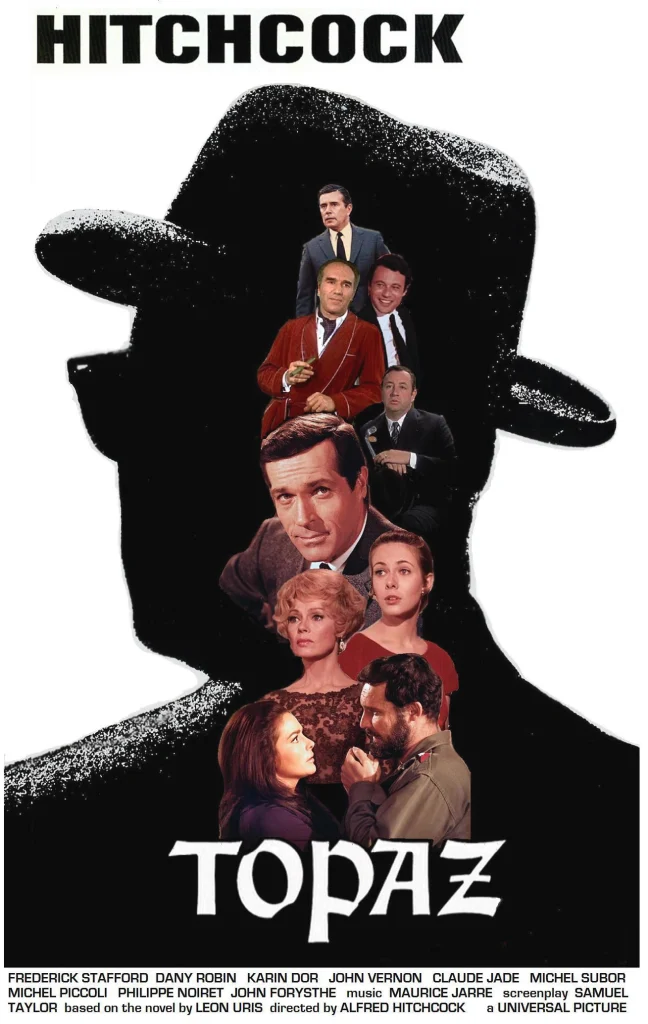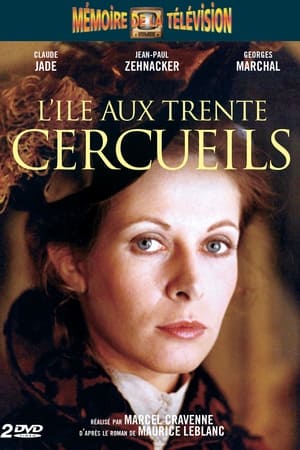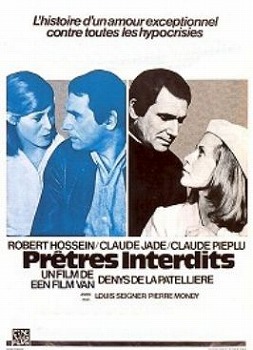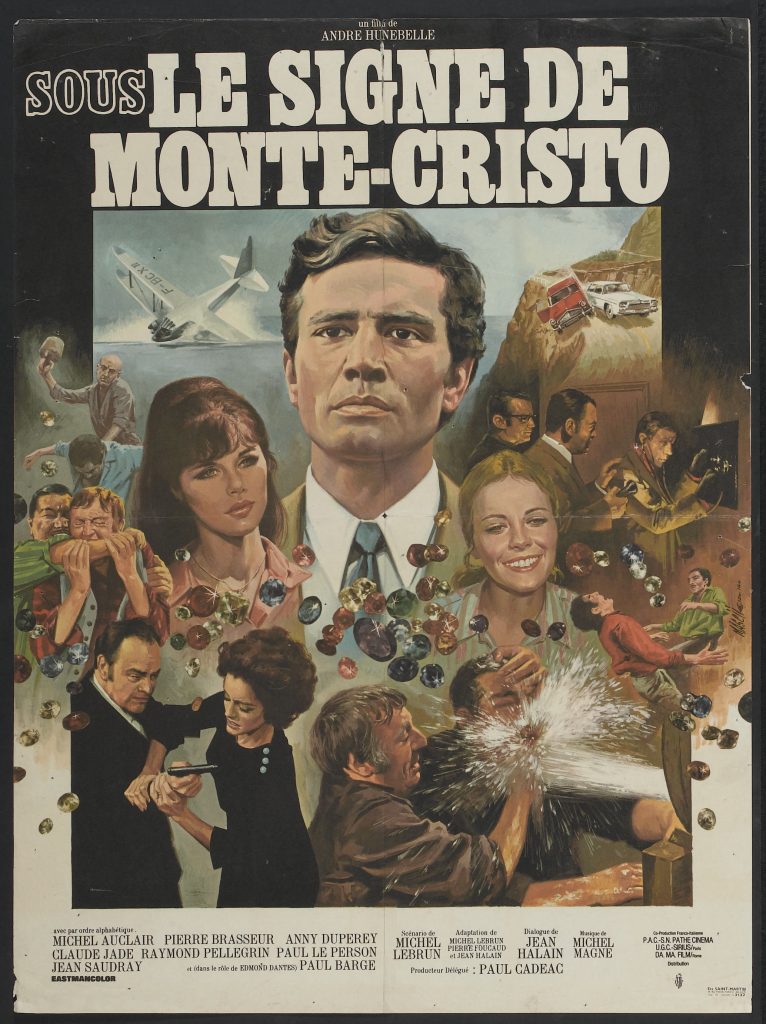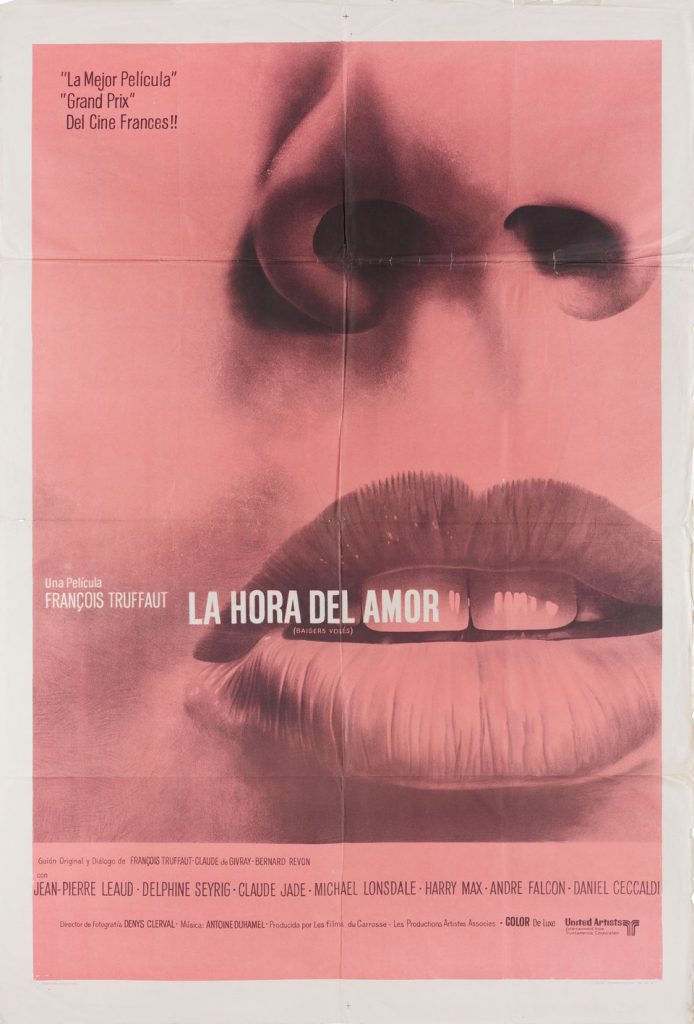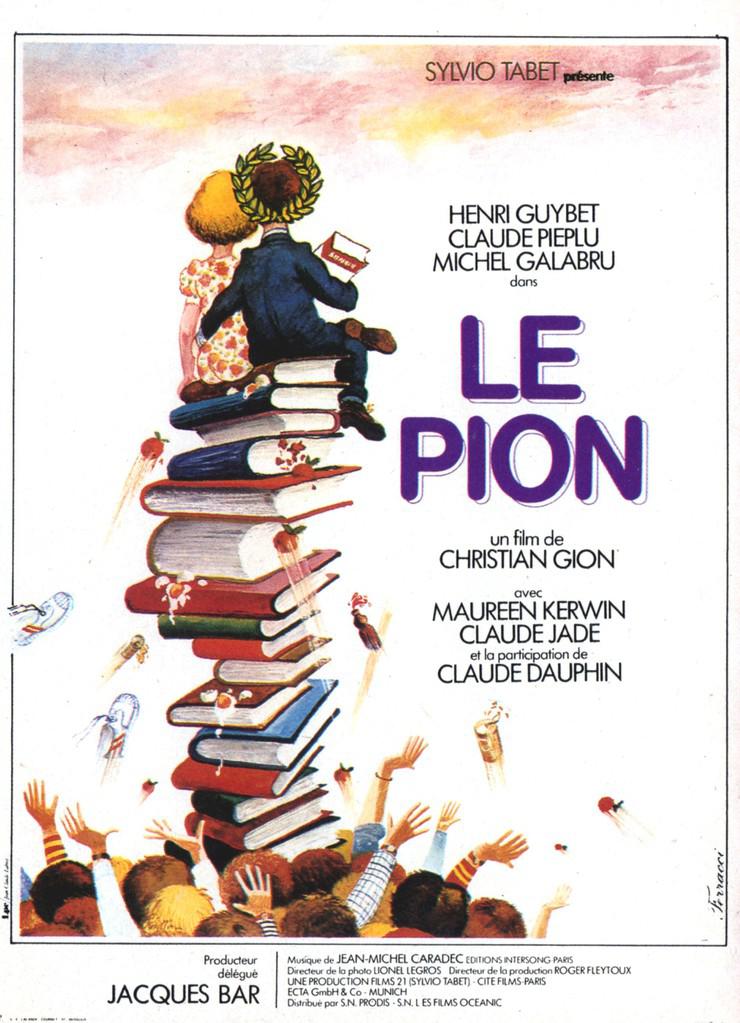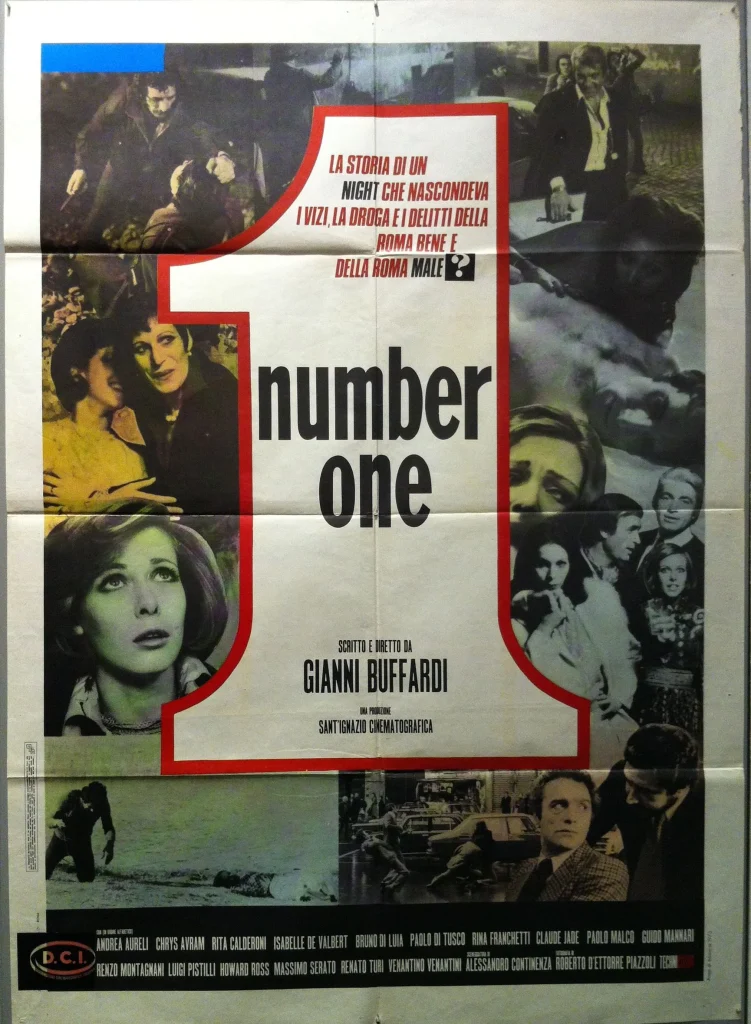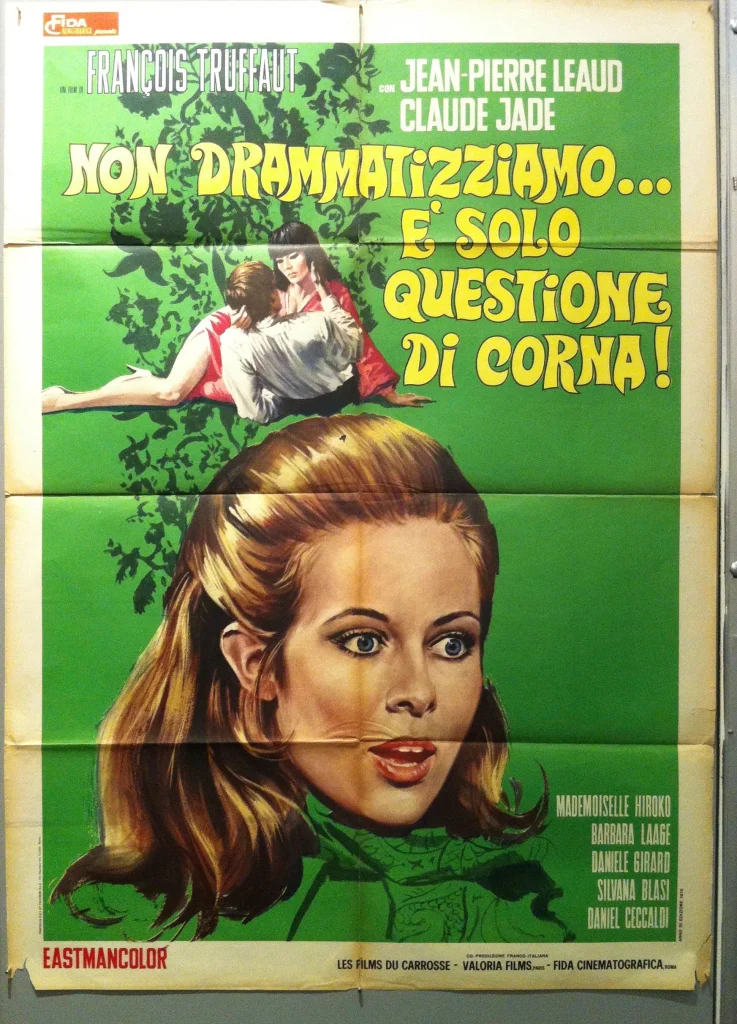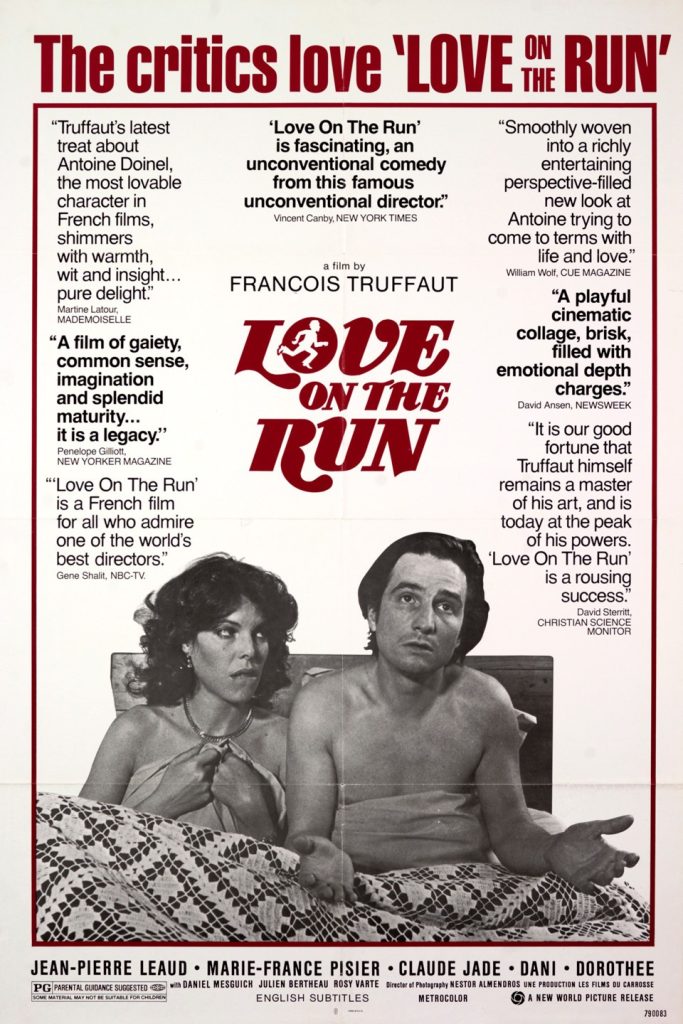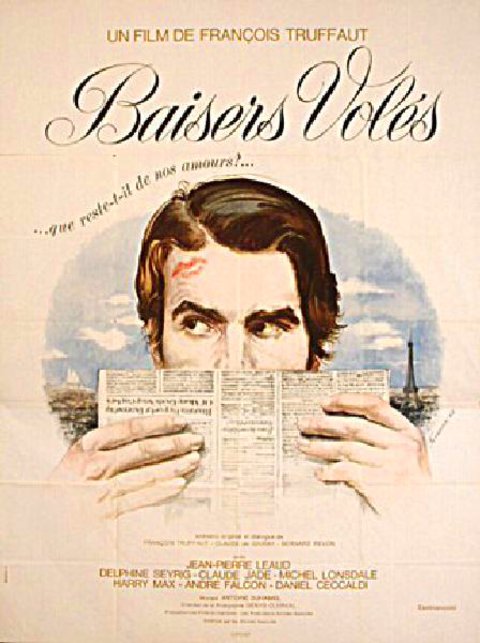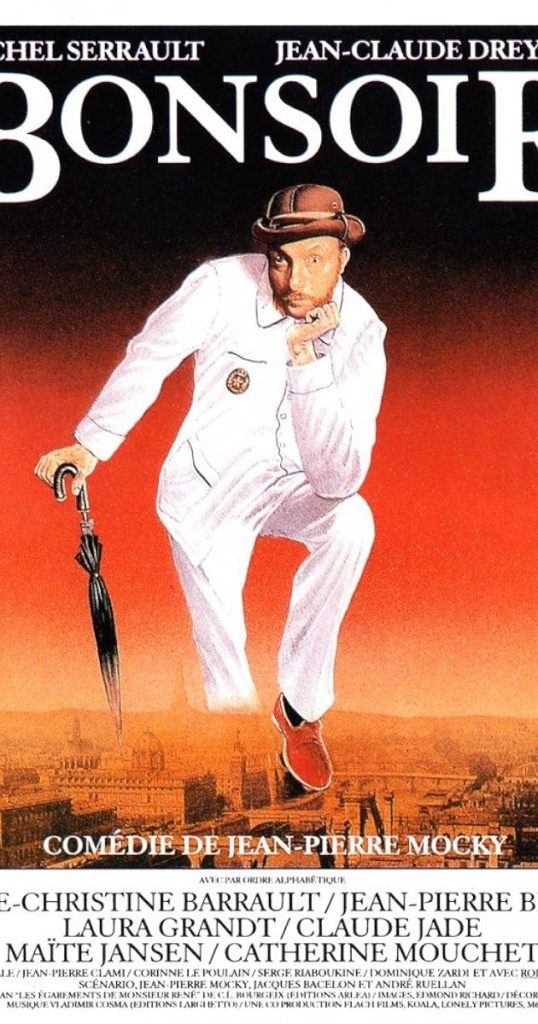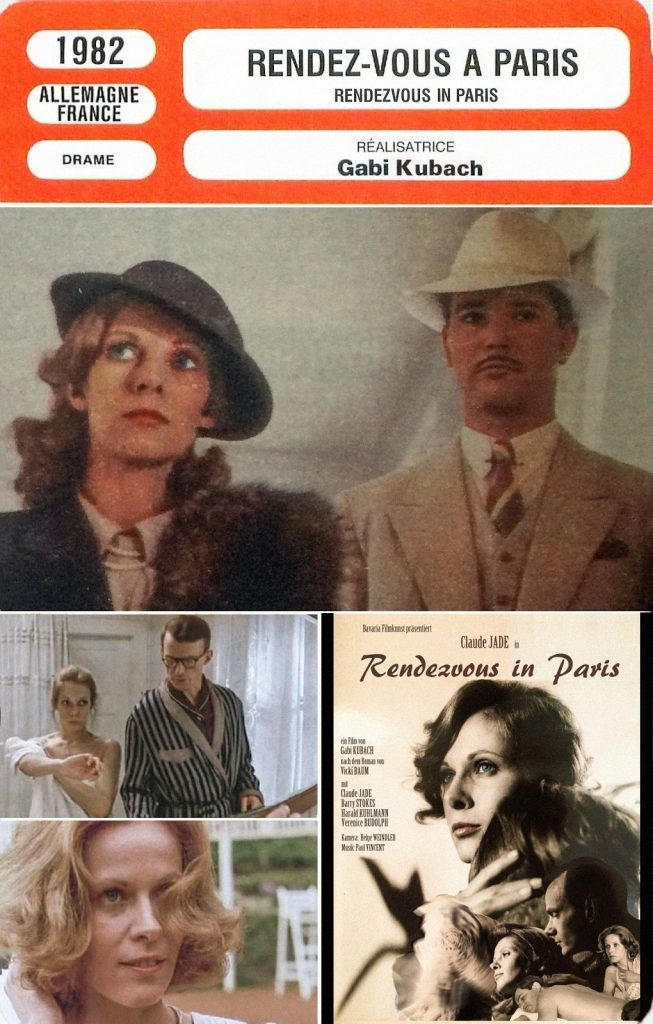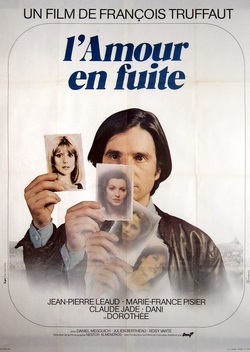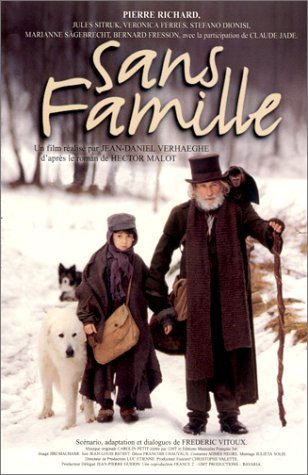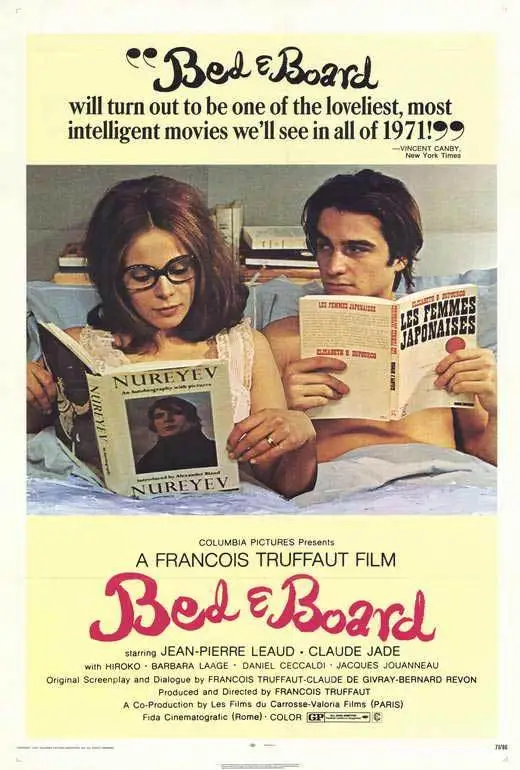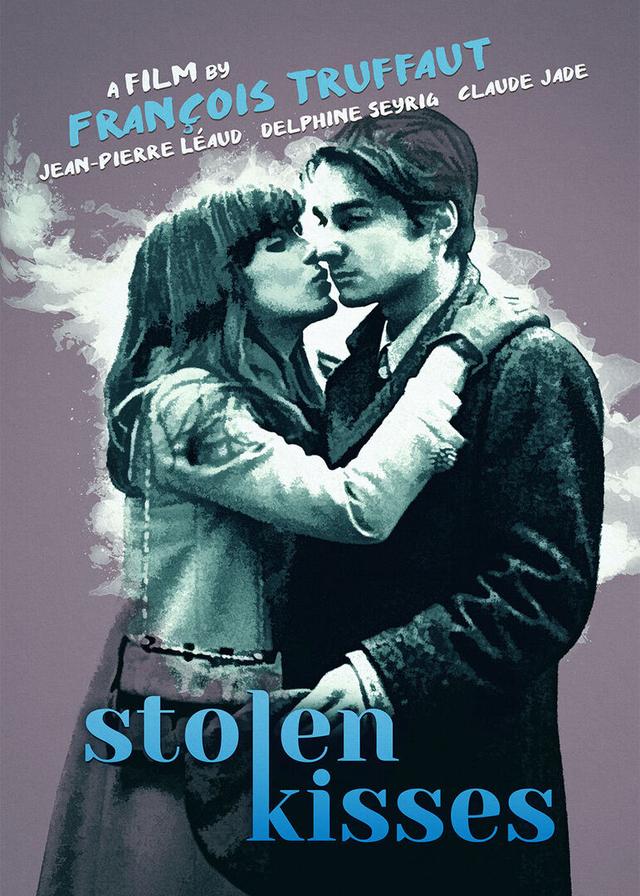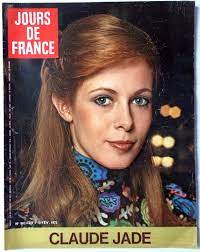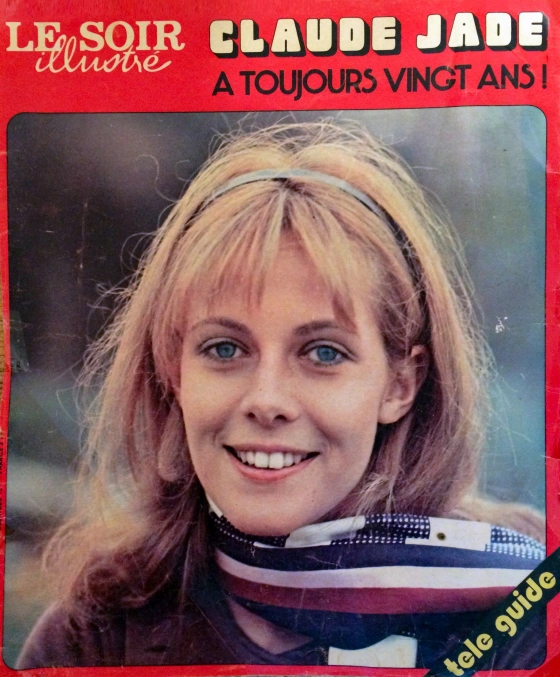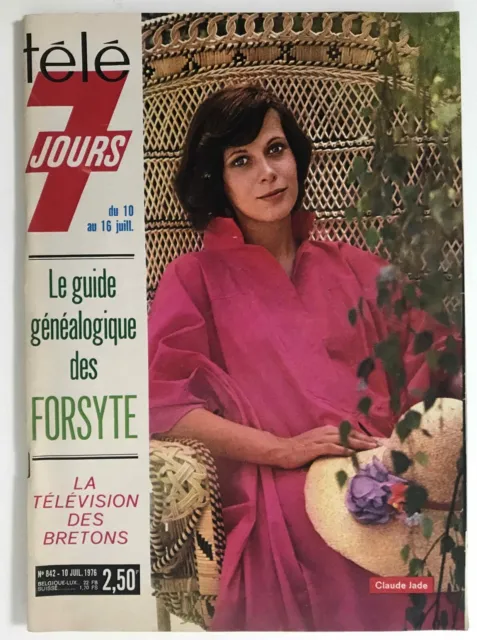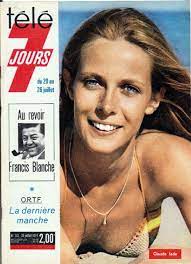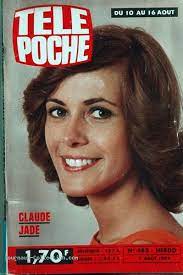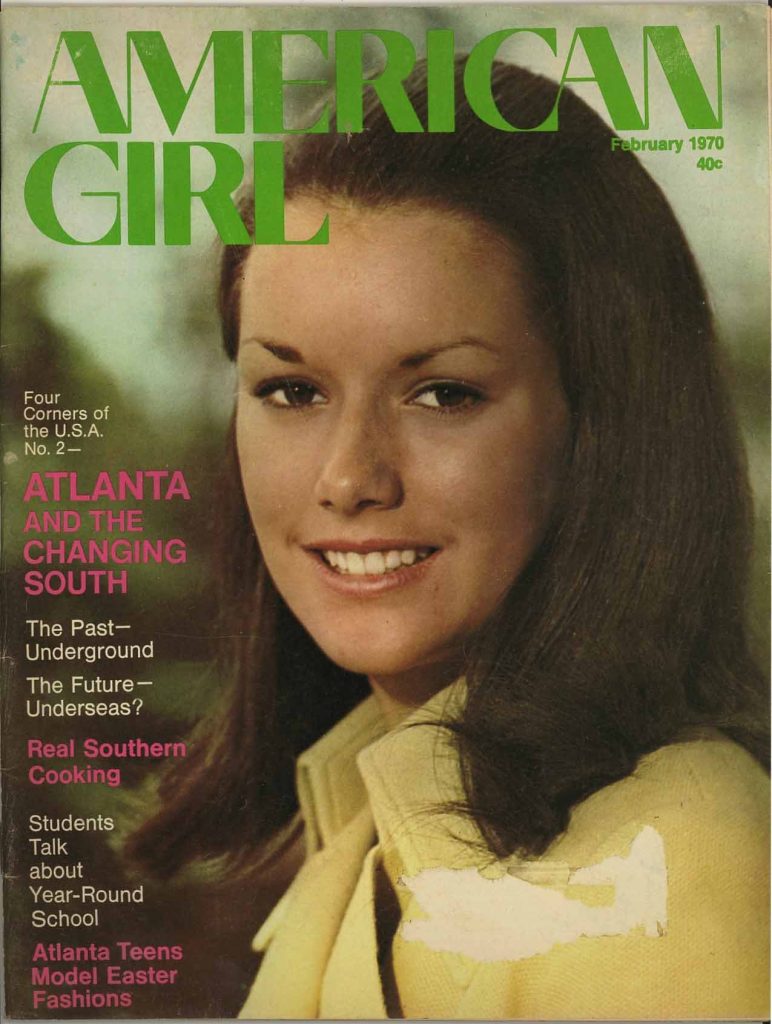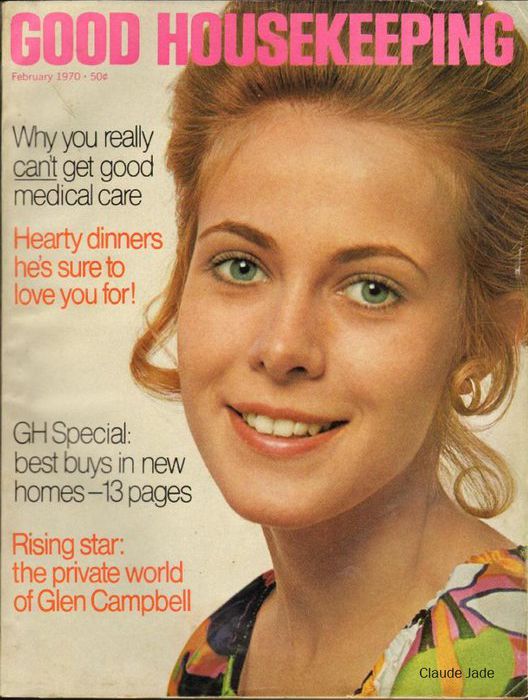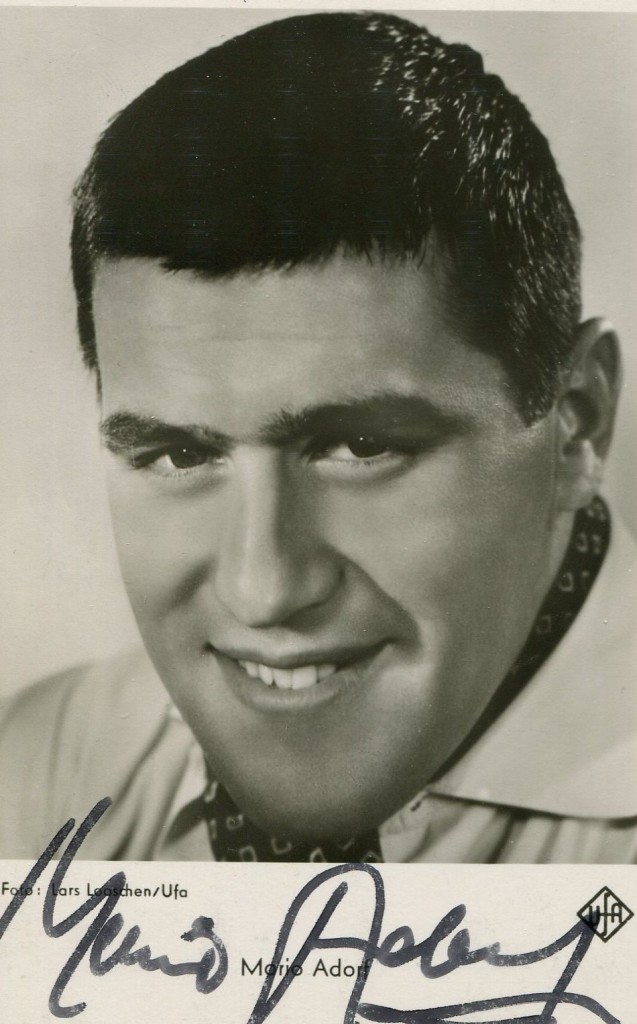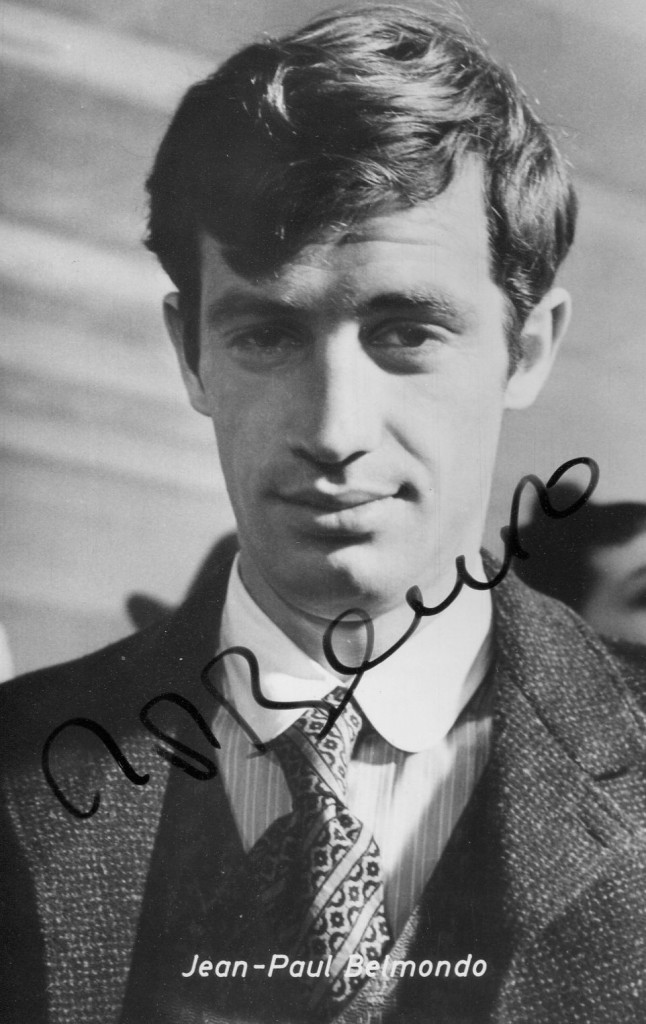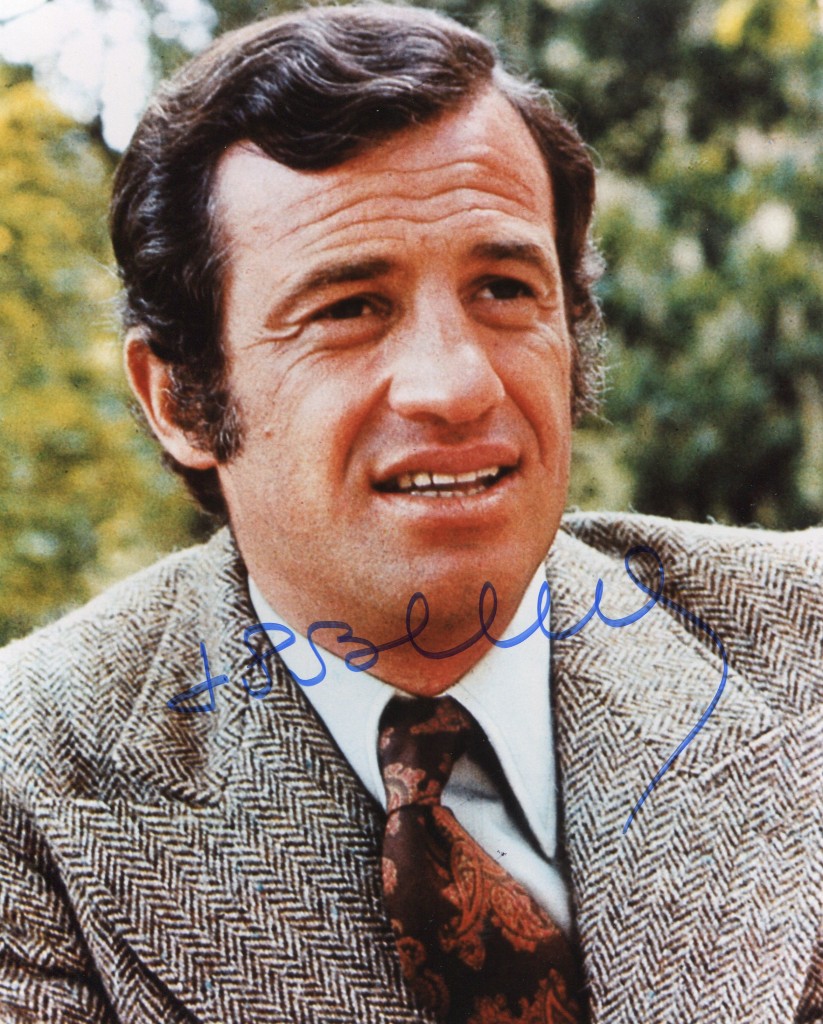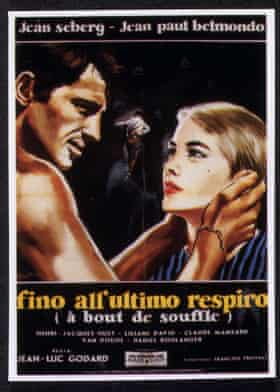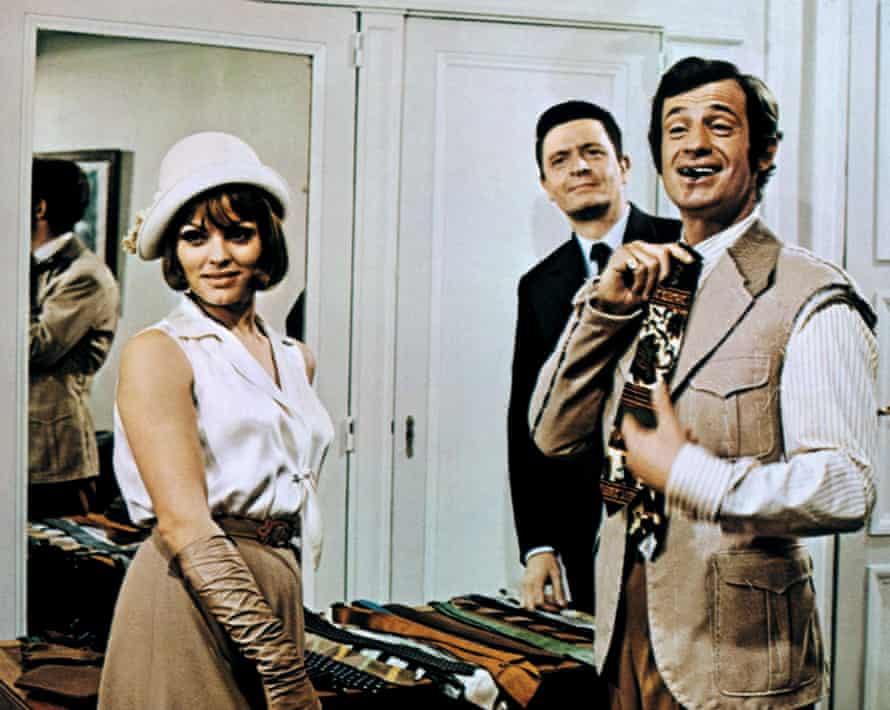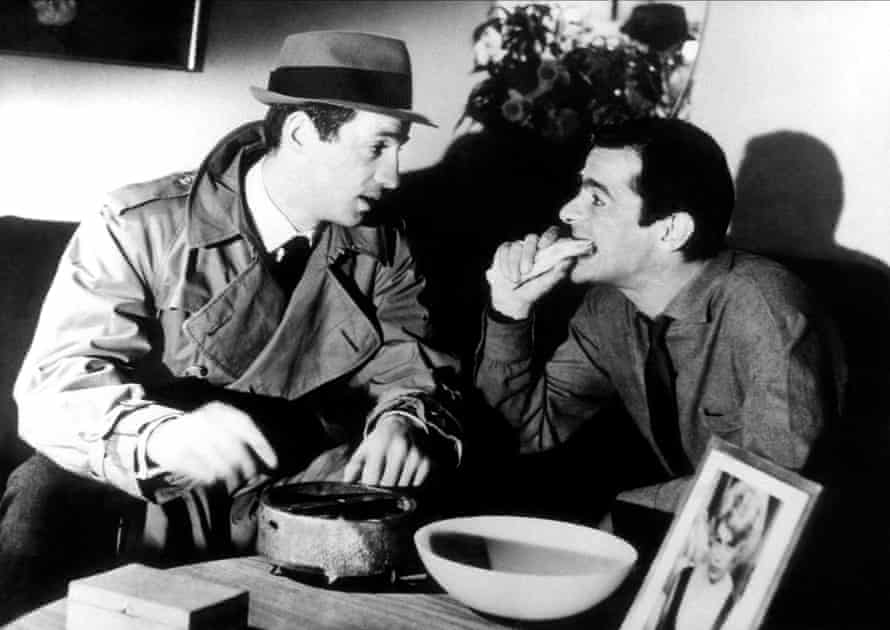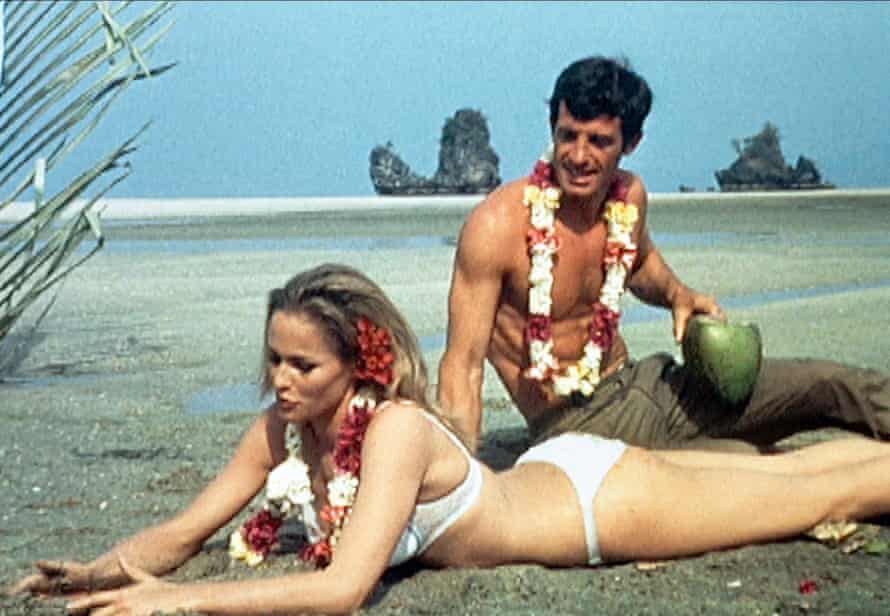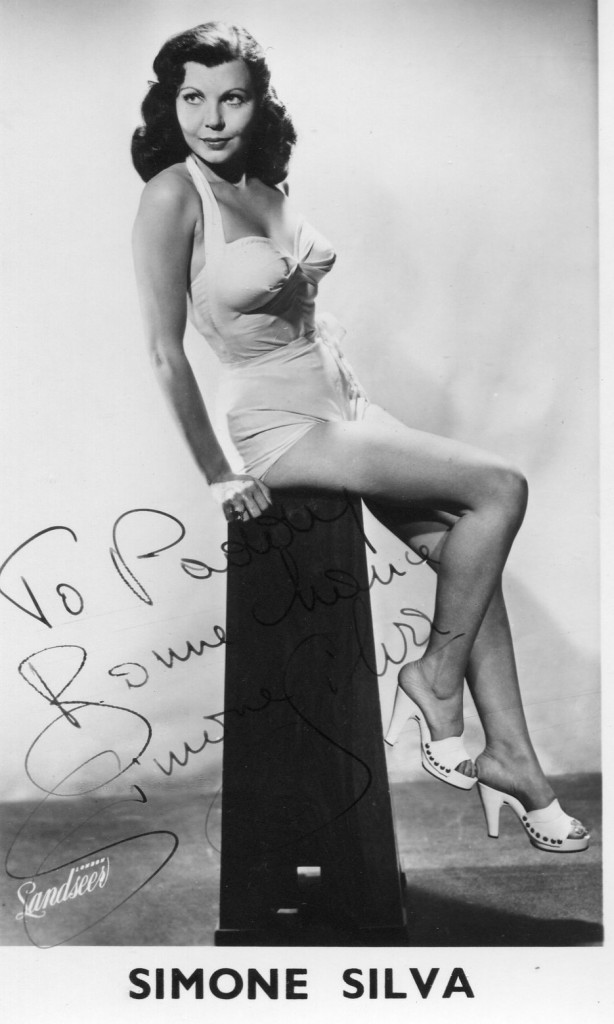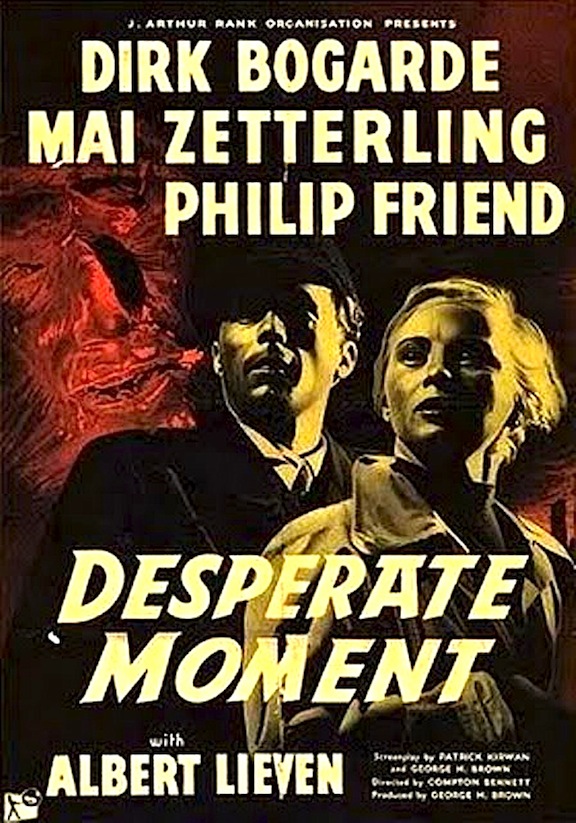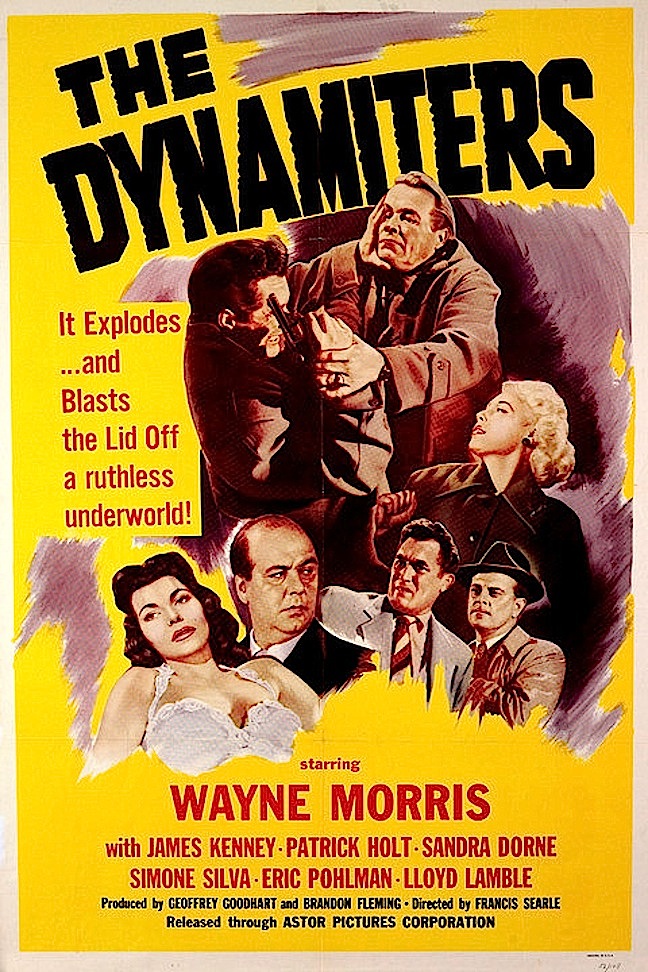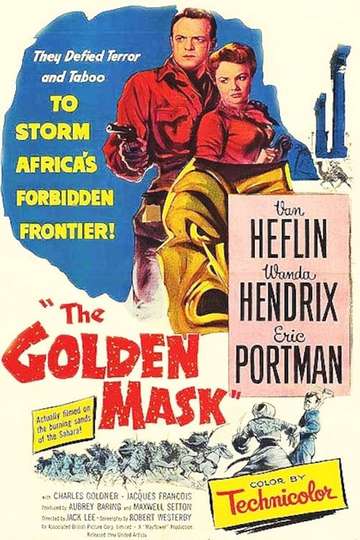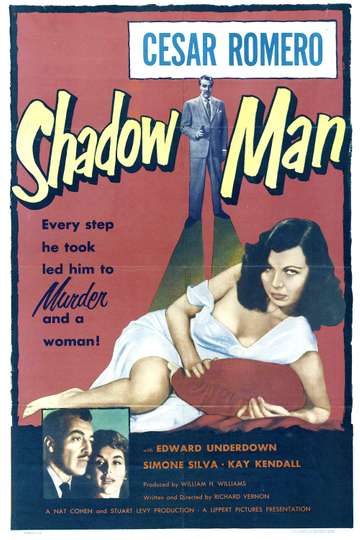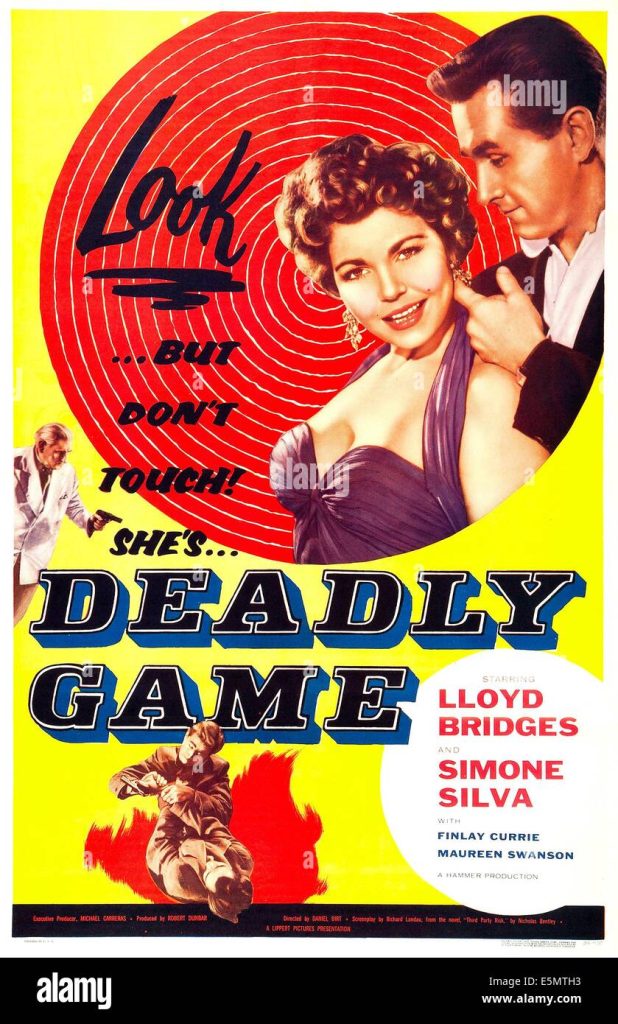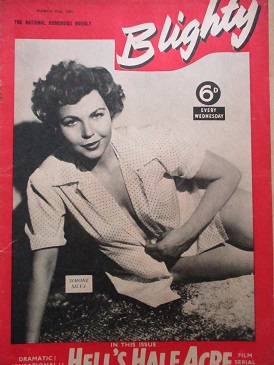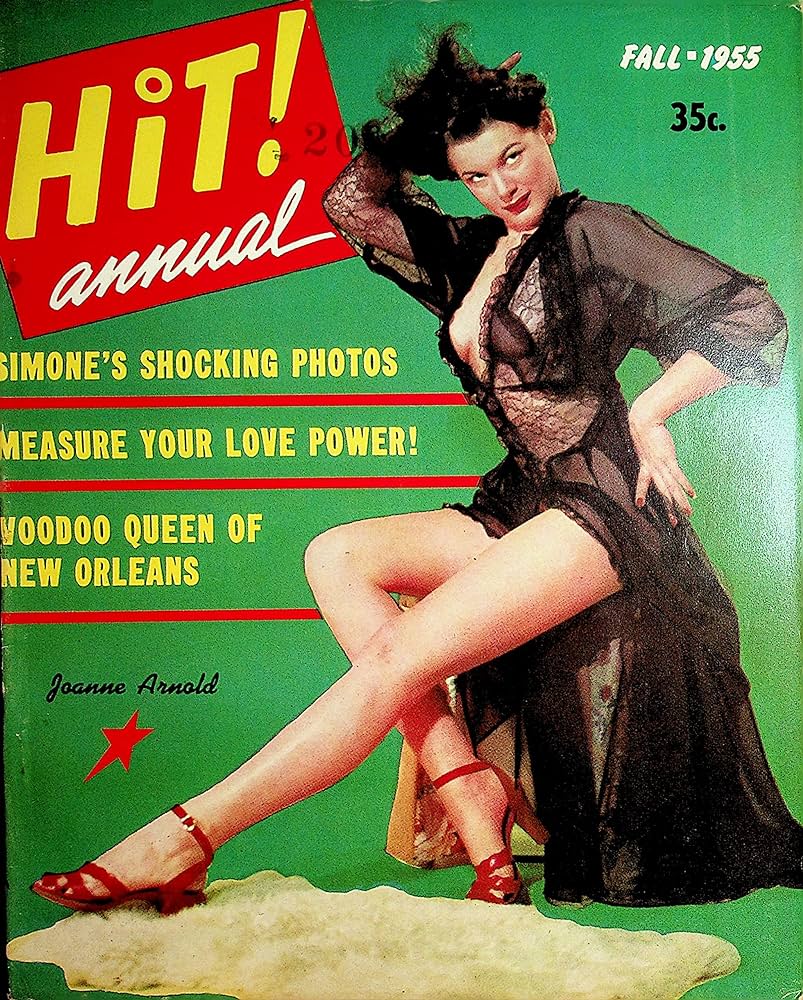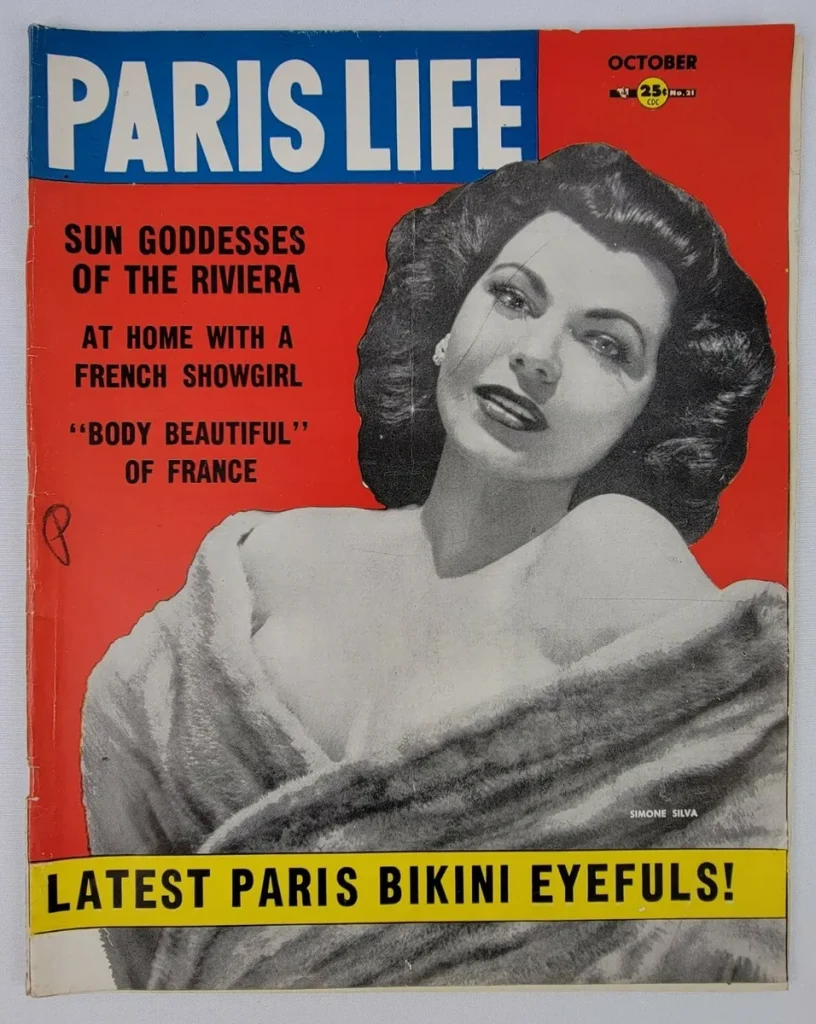
Ferdy Mayne was born in 1916 in Mainz, Germany. He came to Britain before World War Two. He worked for MI5 during the War. His first film was “Meet Sexton Blake” in 1945. Among his other films are “Our Man in Havana” and “Operation Crossbow”. In the 1980’s he moved to Los Angeles where he was a semi-regular on “Cagney & Lacey”. He died in London in 1998 at the age of 81.
“Independent” obituary:
Ferdinand Philip Mayer-Horckel (Ferdy Mayne), actor: born Mayence, Germany 11 March 1916; married 1950 Deirdre de Peyer (two daughters; marriage dissolved 1976); died Lordington, West Sussex 30 January 1998.
A master of charmingly sly villainy, the tall dark and urbane actor Ferdy Mayne will be remembered for the effective menace he provided in countless films and television shows in his 60-year career, though his versality extended well beyond portraying suave duplicity, to include comedies, musicals and classic plays (his favourite role was Trigorin in The Seagull). He was born Ferdinand Mayer-Horckel in Mayence, Germany in 1916. His father was the Judge of Mayence and his mother, who was half- English, a singing teacher. Since the family was Jewish, the teenage Ferdinand was sent to England in 1932 to stay with his aunt Lee Hutchinson, a noted photographer and sculptress. He attended Frensham Heights School prior to training for the stage at the Royal Academy of Dramatic Art and the Old Vic School. His first stage appearane was as the White Kpropaganda bnight in Alice Through the Looking Glass with the West Croydon Repertory Company, but most of his early work came in radio – his fluent German put him in demand for roadcasts during the Second World War.
His parents had been briefly interned in Buchenwald but were fortunate enough, due to his mother’s lineage, to get to England before the outbreak of war. Mayne’s first West End appearance was in a German role, as Kurt Muller in Lillian Hellman’s powerful anti-Fascist play Watch on the Rhine at the Aldwych (1943), the same year that he made his screen debut (billed as Ferdi) in Old Mother Riley Overseas. In the highly prolific career that followed, Mayne appeared in over 80 films. In one of his earliest, Prelude to Fame (1950), as the hearty peasant father of a child progidy, he was enormously touching in the scene in which he realises he must temporarily give his son up to the wealthy socialiate who can develop the boy’s talent.
Though Mayne’s singing in the film was dubbed, he possessed a fine baritone voice which he displayed to effect in several West End musicals. It was while appearing in the musical Belinda Fair (1949) that he met the actress Deidre de Peyer who became his wife – they named their first daughter Belinda in memory of the show – and though they divorced in 1976 they remained close. He later played a feature role in Richard Rodgers’ musical No Strings (1963) in which as the bored millionnaire dillentante Louis de Pourtal he had a solo number “The Man Who Has Everything (has nothing)”, and in 1965 he took over the role of Max in the long-running Rodgers and Hammerstein hit The Sound of Music. Other stage work included the role of the German officer Hauptman Schultz in Albert RN (1952), the true-life story (later filmed) of prisoners-of- war who substituted a dummy during roll-call for an escaping officer, and Judge Advocate Kunz in John Osborne’s A Patriot For Me (1965) at the Royal Court.
On screeen he was a sheikh in the delightful comedy The Captain’s Paradise (1953) in which Alec Guinness maintained two contrasting wives, one in North Africa and the other in Gibraltar, and in the epic Ben-Hur (1959) played the captain of the vessel which rescues the hero from the wreck of the galley ship. Mayne effectively bared fangs in Roman Polansky’s parody of Dracula movies, Dance of the Vampires (1967), an unsubtle farce which, despite a mixed reception on its initial release, has become a cult favourite, and Polanski used him again in The Pirates (1986), an equally broad pastiche of swashbucklers.
In the war adventure Where Eagles Dare (1968) Mayne had an important role as a traditionalist Nazi general trying to curb the more vicious excesses of the Gestapo, and he worked with Kubrick in Barry Lyndon (1975). His television credits included a leading role in Epitaph for a Spy (1953), a six-part adaptation of Eric Ambler’s espionage story, and a regular role as a chef in the series The Royalty (1957-58), which starred Margaret Lockwood as the owner of a luxury hotel.
In recent years Mayne filmed frequently in Europe (he was a particular favourite of German audiences) and in the mid-1970s he settled in America, working consistently until two years ago on television and in such films as The Black Stallion Returns (1983) and Conan the Destroyer (1984), but with the onset of Parkinson’s Disease he returned to England to be near his family.
– Tom Vallance
The above “Independent” obituary can also be accessed online here.
Tribute
2014

More than just a suave villain, German born Ferdy Mayne appeared in a few cult features over the years. In Britain from the early Forties, he took on musicals, comedies and the classics. Although adept at a variety of characters, in his later career it seems he was either playing a villain, vampire or both.
Born into a Jewish family on March 11th, 1916, Mayne was moved from his German birthplace, and sent to the UK to escape the Nazi’s. He made his screen debut in 1943, and spent the next few years in both comedies and dramas, playing such characters as a Sheik in the enjoyable Alec Guinness comedy ‘The Captain’s Paradise’ (’53), and a German officer in the POW drama ‘The Password is Courage’ (’62). Other notable movies at this time included ‘Those Magnificent Men in their Flying Machines’, and ‘Operation Crossbow’ (both ’65). It would be the following couple of years however that would prove to be the high point of Mayne’s screen career.
In 1967 Mayne achieved international recognition when he played Count von Krolock, who abducts the beautiful Sharon Tate, in Roman Polanski’s cult favorite; ‘The Fearless Vampire Killers’. He was wonderful and gives a suitably sinister turn in this beautifully photographed spoof. Mayne is also remembered as the monocled Nazi; Julius Rosemeyer, in ‘Where Eagles Dare’ (’68), playing his part seriously amongst all the ‘boys-own’ derring-do.
After playing a doctor in Hammer’s ‘The Vampire Lovers’ (’70), it was nice to see Ferdy in a rare family role, playing Samantha Eggar’s sympathetic father in the romantic drama ‘The Walking Stick’. Next, he was back on familiar ground playing another count, this time in Freddie Francis’s camp German parody; ‘The Vampire Happening’ (’71). Like many character actors before him Mayne succumbed to the 70’s saucy era, playing a womanizing sheik in the sexploitation piece ‘Au Pair Girls’ (’72). Around this time Mayne was also seen in more respectable films, including spy movies ‘When Eight Bells Toll’ (’71) and the under-rated ‘Innocent Bystanders’ (’72), with Stanley Baker.
Moving to the US in the 1970’s, Mayne occasionally flirted with Hollywood and the mainstream. This included supporting roles in Stanley Kubrick’s ‘Barry Lyndon’ (’75) and Billy Wilder’s ‘Fedora’ (’78). In his long career he also had uncredited bits in such classics ‘The Life and Death of Colonel Blimp’ (’43), ‘Ben-Hur’ (’59) and John Huston’s ‘Freud’ (’62).
After playing a professor in the Marlon Brando Nazi thriller ‘The Formula’ (’80), Mayne was the father of Jack Palance, in the late-night favourite ‘Hawk the Slayer’. A minor part in Graham Chapman’s ‘Yellowbeard’ (’83) was followed by another turn as a sheik, this time in ‘The Black Stallion Returns’ (also ’83). Other genre fare around this time included the action sequel ‘Conan the Destroyer’ (’84), 1985’s ‘Night Train to Terror’, a cobbled together anthology in which he played God(!), and Roman Polanski’s big budget flop ‘Pirates’ (’86). The following year also saw Ferdy play Dracula in the German TV co-production; ‘Frankenstein’s Aunt’ (’87).
After a small role in the Christopher Lambert chess thriller ‘Knight Moves’ (’92), Mayne’s final movie was another Nazi themed thriller ‘The Killers Within’ (’95), starring alongside cult stars; John Saxon, Meg Foster and Robert Carradine.
After battling Parkinson’s disease, Ferdy Mayne died in London, on 30th January 1998, aged 81. With over 200 screen appearances in British, American and German productions, there doesn’t seem to be much ground Ferdy didn’t cover in his 50 year career. It’s just a shame he never played a Bond villain though, he would have been great.
Favourite Movie: Where Eagles Dare
Favourite












